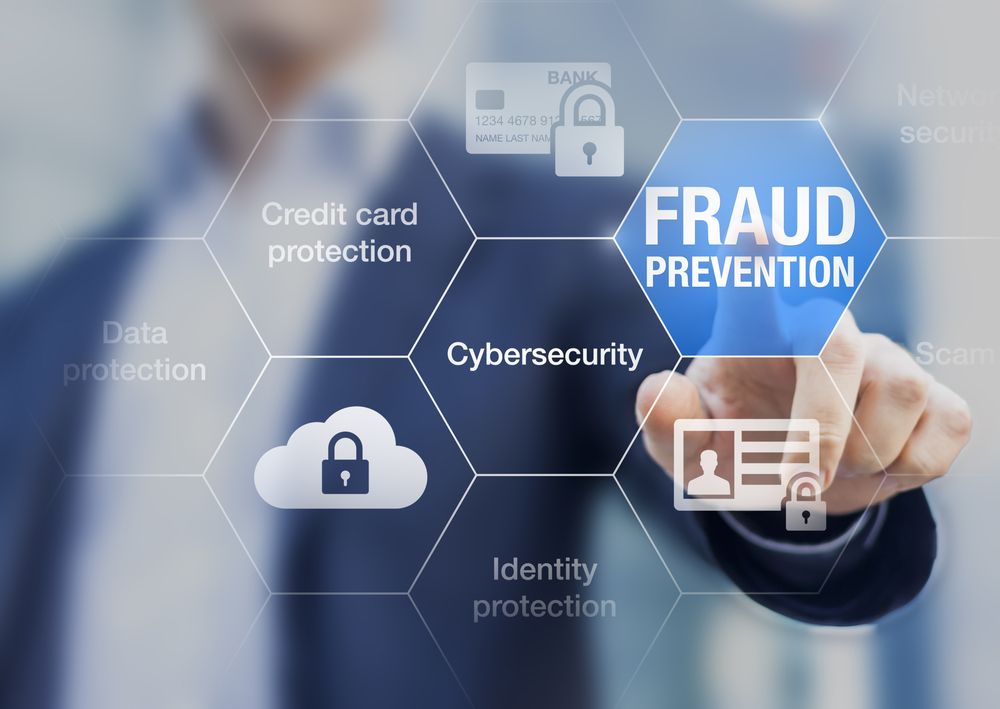Credit Card Fraud: How to Better Protect Yourself?
Updated: 12 Dec 2025
Understanding how credit card fraud works allow you to protect yourself from what could happen to anyone.

Owning and using a credit card seems like a pretty straightforward option. However, it can get complicated and frustrating if you happen to fall victim to credit card fraud.
Vigilant as you may be, there may be times when you simply let your guard down, allowing scammers or overseas syndicates to gain unauthorised access to your credit card. This can be done through phishing sites that trick victims into revealing their one-time passwords (OTP), credit card or bank details.
To ensure you do not fall victim to credit card fraud, here are some tips and examples to better protect yourself.
✨Get the Apple Upgrade You Deserve✨
Get your dream Apple gadget when you apply for select Citi, HSBC, OCBC, or Standard Chartered credit cards via SingSaver and top up as low as S$220! Valid till 15 January 2026. T&Cs apply.
What is credit card fraud?
Credit card fraud is a form of identity theft where a scammer uses the victim’s credit card to make unauthorised transactions.
For example, you may notice a charge on your credit card for a S$100 transaction you did not make, leaving you to foot the bill. They may even use your credit card to make a cash transfer to their bank accounts.
It’s important to know that such fraud is not rare and can happen to almost anyone. In fact, according to the Straits Times, the number of unauthorised bank and card transactions jumped 460% in 2020 alone.
Examples of credit card fraud
There are several ways scammers can obtain your credit card details. As mentioned previously, the most common method is through a phishing site.
In layman's terms, a phishing site is a website that appears similar in appearance to an official website. Such websites can be replicated to look like your bank’s website, your favourite shopping platform, or an online payment platform like PayPal.
Once created, these phishing websites are used to trick unknowing victims into entering their account or credit card details.
Other examples include the use of a credit card skimmer (a common tactic used by scammers overseas), a data breach on a website you have visited and made a transaction, or someone obtaining your credit card details without you knowing. This could be a friend, relative, or even a waiter at your favourite restaurant.
You should also be careful when disposing of shopping receipts as they may contain your credit card details. Anyone could easily obtain your receipt after you’ve thrown it away by writing down your credit card details to be used later.
How to protect yourself from credit card fraud in Singapore
While it is not always possible to avoid credit card fraud fully, it is important to know that you may be able to reduce your risks by taking a few specific steps. Consider these few tips.
-
Whenever possible, go paperless. That way, there’s less risk of your information being stolen. If you opt for a physical receipt, be sure to shred them before tossing them out.
-
Keep your credit cards close to you. Even when you’re home, put them away where visitors cannot see them.
-
Use credit card alerts. Many banks have alerts that trigger when some type of action takes place on your account that seems out of the ordinary, such as a large online transaction or the use of a credit card in another region. These will notify you quickly when a fraudulent transaction has been made, allowing both you and the bank to take immediate action.
-
Monitor transactions carefully on your statement. Be sure to look at your statement on a routine basis to identify any instances of misuse.
-
Pay close attention to how you use your credit card in public. Look for skimming machines at any card reader, especially when withdrawing money overseas.
-
Check all transactions on your card after you have made payment.
-
Only use credible online services to make payments or transactions.
-
Avoid clicking on any suspicious links from unknown numbers or sources.
-
Never reveal your OTP or password to anyone, including the service provider.
-
If possible, set your spending limit for your credit card to the lowest possible amount if you are not expecting to use your credit card in the near future. This could prevent large unauthorised transactions from taking place.
SingSaver x HSBC Advance Credit Card Exclusive Offer
Get a Dyson Airstrait™, an Apple iPad (A16), a Shark Cordless Vacuum, S$400 Cash, or S$430 Grab Voucher when you apply for an HSBC Advance Credit Card via SingSaver and fulfil promo requirements. Or top up as low as S$50 to get the latest Dyson or Sony products! Valid until 15 January 2025. T&Cs apply.
Or, Get the Apple Upgrade You Deserve!
Apply via SingSaver and make a simple top-up from S$200 to bring home the latest Apple devices! Valid until 15 January 2026. T&Cs apply.
What to do if you are a victim of credit card fraud in Singapore?
If you have fallen victim to fraudulent credit card transactions, it’s important to take action immediately in order to reverse the transaction.
You should contact your credit card provider and alert them to what’s occurred. They will also provide you with guidance on the next steps to take to protect yourself from those charges.
You may also be required to file a police report and provide more details about the transaction, such as the date and time, the channel used, and a copy of the fraud message (if available).
To learn more about scams and frauds in Singapore, do visit Scam Alert, which was created by the National Crime Prevent Council, to educate and raise scam awareness amongst Singaporeans.
In conclusion
Make credit card protection something you strive for daily. That means keeping your personal information, financial information, and credit cards themselves secure at all times.
Being vigilant may help you avoid not just credit card theft but the risk of identity theft as well. Do your due diligence and avoid becoming a victim yourself!

